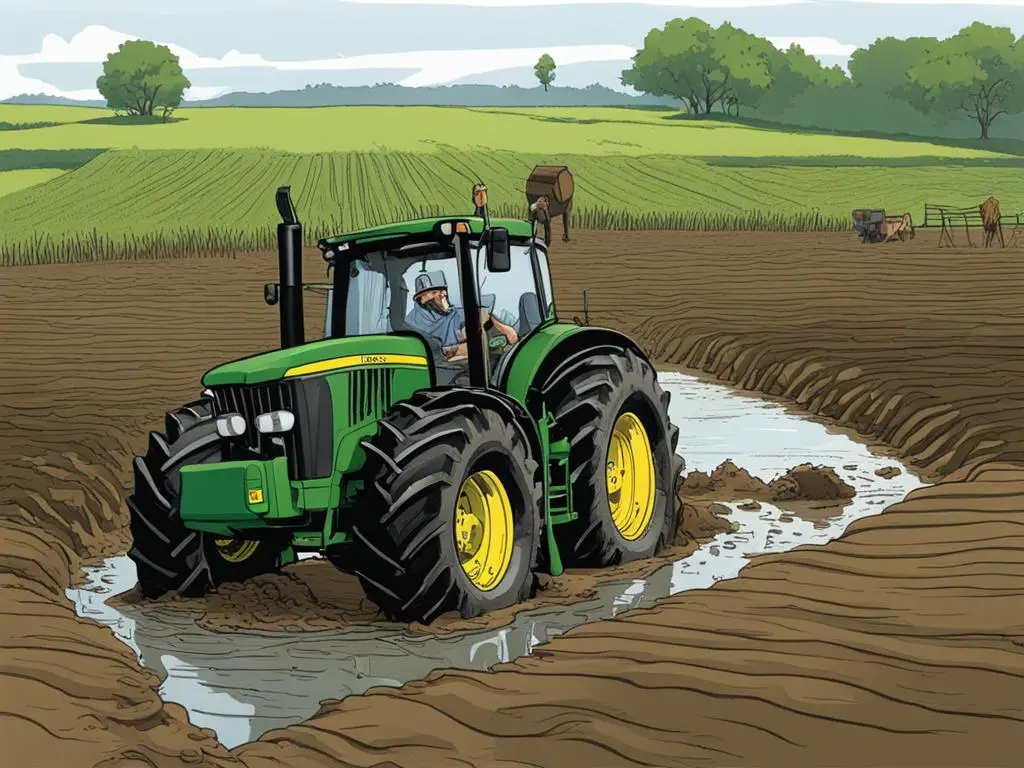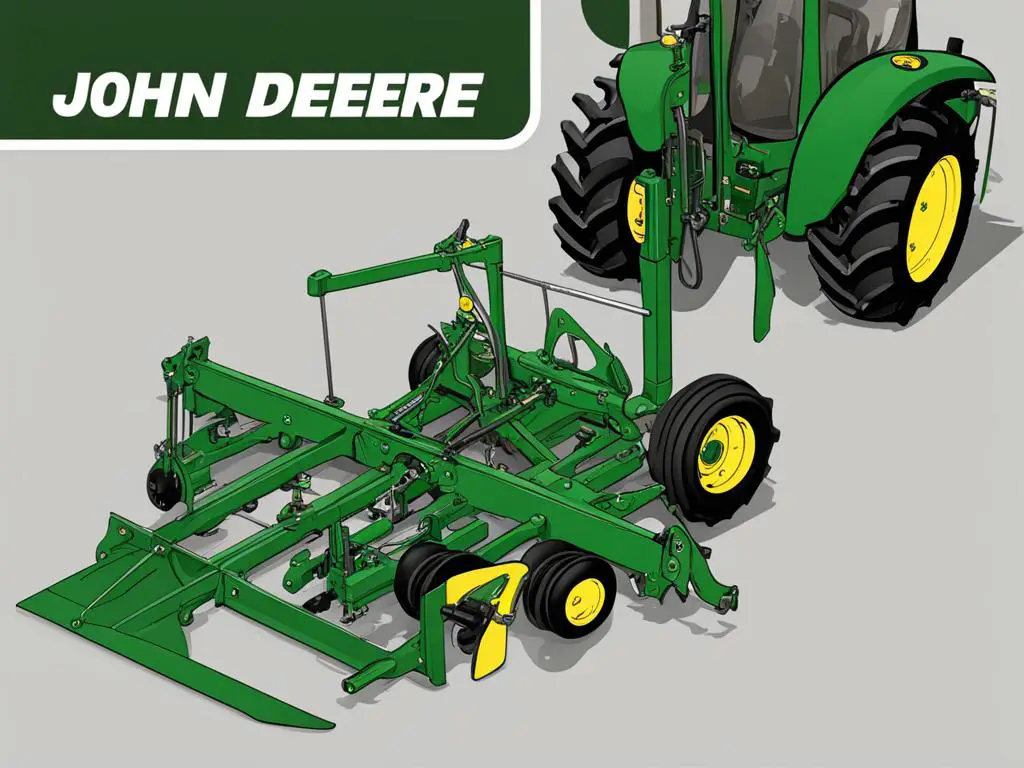John Deere is a well-known brand of agricultural equipment, including tractors, combines, and other machinery. One common problem that owners of John Deere equipment may encounter is regeneration problems. Regeneration is a process that occurs in diesel engines to clean the diesel particulate filter (DPF), which is designed to capture soot and other particulate matter from the exhaust.
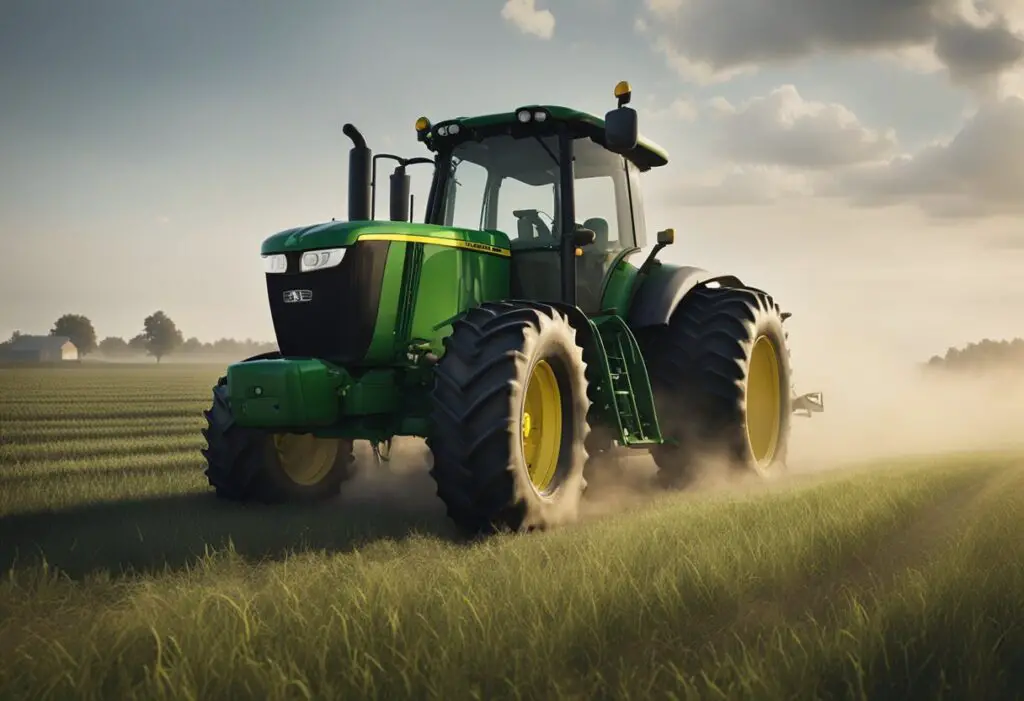
When regeneration problems occur, the DPF may become clogged, leading to reduced engine performance and even engine damage. Regeneration problems can be caused by a variety of factors, including heavy idling, short-duty cycles, clogged or malfunctioning engine parts, and low-quality fuel. This article will explore the most common John Deere regeneration problems and provide solutions to help owners of John Deere equipment keep their machines running smoothly.
Understanding John Deere Regeneration
John Deere engines are designed to meet the latest emission standards, which require the use of Diesel Particulate Filters (DPF) to reduce the amount of soot and particulate matter released into the atmosphere. The DPF captures the soot particles from the exhaust gases, but over time, it can become clogged and require cleaning or replacement. This is where the regeneration process comes in.
Basics of DPF and Regeneration Process
Regeneration is the process of burning off the accumulated soot particles from the DPF. This is done by raising the temperature of the exhaust gases to a point where the soot particles can be burned off. The regeneration process can occur in different modes, depending on the operating conditions of the engine.
Different Regeneration Modes: Passive vs. Active vs. Parked
There are three basic modes of regeneration: passive, active, and parked. Passive regeneration occurs naturally while driving, where the exhaust gases are hot enough to burn off the soot particles. Meanwhile, active regeneration occurs when the engine control unit (ECU) detects that the soot level in the DPF has reached a certain threshold and initiates the regeneration process. The ECU will adjust the engine’s fuel injection timing to increase the exhaust temperature and burn off the soot particles. Lastly, parked regeneration occurs when the engine is stationary and the ECU initiates the regeneration process. The operator must follow the instructions provided by the ECU to complete the regeneration process.
John Deere engines use a combination of these modes to ensure that the DPF is kept clean and the engine meets the emission standards. However, if the regeneration process fails or is interrupted, it can lead to regeneration problems. These problems can include reduced engine performance, increased fuel consumption, and even engine damage.
Common Regeneration Issues and Solutions
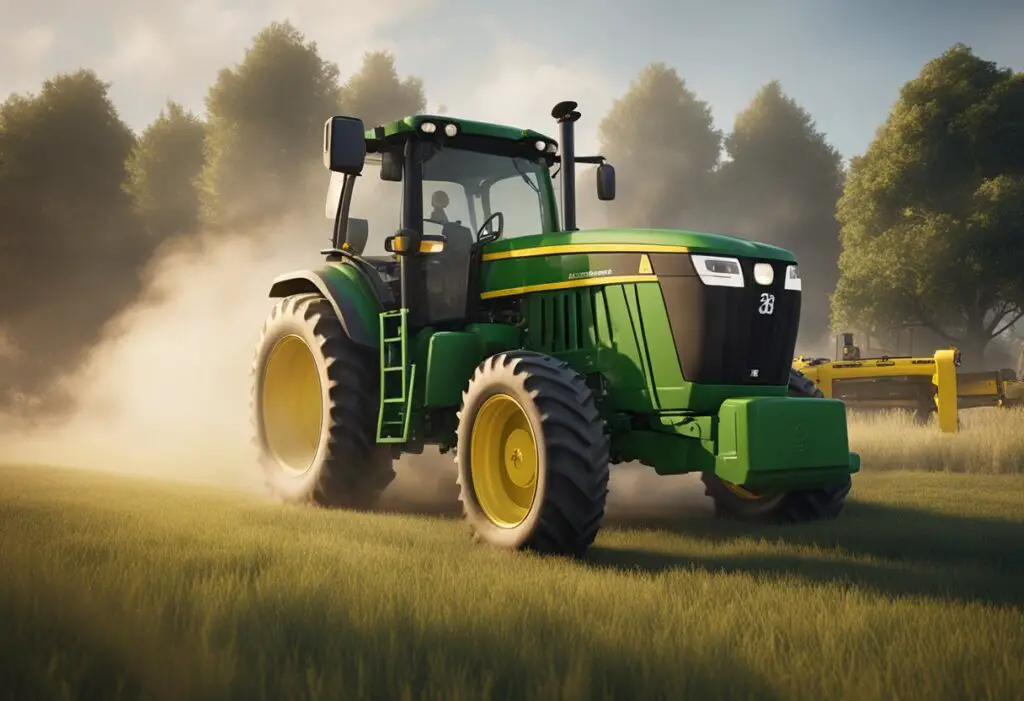
John Deere owners and operators have identified several common regeneration issues that can cause warning lights to appear on the dashboard, decrease engine performance, and lead to costly downtime. In this section, we will explore how to identify regeneration problems, troubleshoot and diagnose the root cause, and provide effective solutions and preventative measures.
Identifying Regeneration Problems
Regeneration problems can manifest in a variety of symptoms, including a regen light on the dashboard, decreased fuel efficiency, low idle, and coolant temperature fluctuations. Some of the most common symptoms of regeneration problems include:
- Exhaust filter cleaning messages
- Increased exhaust smoke
- Poor engine performance
- Reduced power
- Reduced fuel efficiency
Troubleshooting and Diagnostics
When a regeneration problem occurs, it’s important to diagnose the root cause of the problem before attempting any repairs or replacements. This can be done by using diagnostic tools or by consulting with a John Deere dealer. Some of the most common causes of regeneration problems include:
- Faulty sensors
- Turbocharger issues
- Fuel injector problems
- EGR valve malfunctions
- Low engine oil levels
- Temperature sensor failures
Effective Solutions and Preventative Measures
Once the root cause of a regeneration problem has been identified, there are several effective solutions and preventative measures that can be taken to avoid similar problems in the future. Some of the most effective solutions and preventative measures include:
- Keeping up with regular maintenance and servicing
- Using high-quality engine oil
- Increasing operating temperature to initiate the regeneration process
- Using software updates to fix known issues
- Replacing faulty sensors or turbochargers
- Performing park regen when necessary
- Consulting with a qualified John Deere technician for repair advice
Optimizing Performance and Efficiency
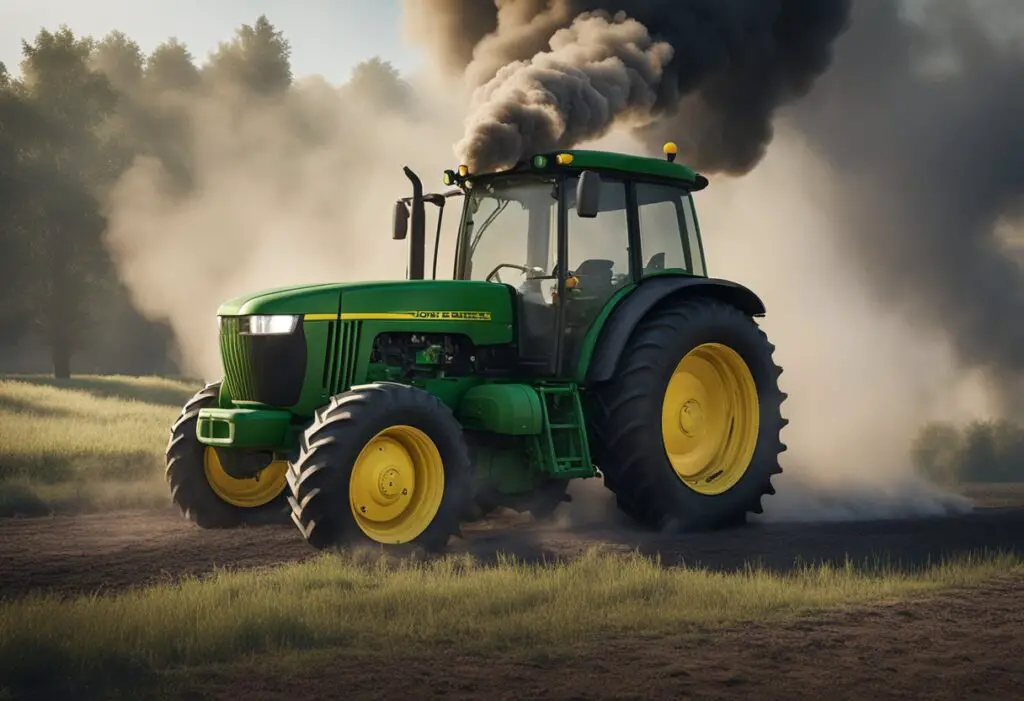
Maintaining Engine and DPF Health
To ensure optimal performance and efficiency, it is important to maintain the health of the engine and the diesel particulate filter (DPF). Regular maintenance and servicing of the engine, including oil changes, filter replacements, and injector cleaning, can help prevent issues that may lead to forced regeneration. Farmers and John Deere techs should also monitor the operating temperature of the engine to ensure it remains within the recommended range.
The DPF should also be inspected regularly for any signs of damage or blockage. Passive regeneration occurs when the engine’s exhaust gases are hot enough to burn off the accumulated soot in the DPF. However, if the soot buildup is too high, active regeneration may be required. This process involves injecting fuel into the exhaust system to raise the temperature and burn off the soot. If active regeneration is required too frequently, it may indicate an issue with the engine or the DPF.
Enhancing Fuel and Operational Efficiency
Improving fuel efficiency can help reduce costs and increase profitability. Farmers can optimize fuel consumption by ensuring the tractor is properly tuned and maintained, including proper tire inflation and alignment. They can also reduce idle time and use the power take-off (PTO) only when necessary.
In addition, farmers can enhance operational efficiency by using precision agriculture technologies, such as GPS-guided tractors and variable rate application systems. These technologies can help reduce overlap and optimize input usage, resulting in cost savings and increased yields.
Professional Support and Maintenance

John Deere dealerships offer a wealth of knowledge and expertise when it comes to addressing regeneration problems. Accessing Dealer Support and Expertise is key to identifying and resolving issues with John Deere equipment. Dealerships have access to the latest software updates, diagnostic tools, and training to ensure that they can provide the best possible support.
Regular Maintenance Programs can also help prevent regeneration problems from occurring. They can help keep the diesel oxidation catalyst (DOC) and diesel particulate filter (DPF) clean and functioning properly. Dealerships can provide recommendations for maintenance programs based on the specific environment and usage of the John Deere tractor.
Dealerships can also help monitor the RPMS of John Deere equipment to ensure that the engine is running at the correct speed. Running the engine at the correct RPM can help prevent regeneration problems and extend the life of the DPF.
In addition to regular maintenance programs, dealerships can also provide guidance on how to properly operate John Deere equipment. Proper operation can help prevent excessive soot buildup in the DPF, which can lead to regeneration problems.
Frequently Asked Questions
What are John Deere regeneration problems?
John Deere regeneration problems typically refer to issues encountered with the diesel particulate filter (DPF) regeneration process in John Deere engines. This process is necessary to burn off accumulated particulate matter and maintain engine efficiency.
How do I know if my John Deere tractor is experiencing regeneration problems?
Symptoms of regeneration problems in John Deere tractors include reduced engine performance, increased fuel consumption, frequent regeneration notifications, or error messages on the dashboard indicating issues with the DPF system.
Can I manually initiate regeneration on a John Deere tractor?
Yes, some John Deere models allow manual initiation of the regeneration process. This option is usually found in the vehicle’s onboard diagnostics menu. However, it’s important to consult your operator’s manual or a professional to ensure proper procedure and avoid damage.
What causes regeneration problems in John Deere tractors?
Common causes include frequent short trips that prevent the engine from reaching optimal temperatures for natural regeneration, clogged DPF filters, malfunctioning sensors, or issues with the fuel quality.
How can I prevent regeneration problems in my John Deere tractor?
Preventive measures include ensuring the tractor operates at full load for extended periods to naturally initiate regeneration, maintaining a clean air filter system, using high-quality diesel fuel, and adhering to scheduled maintenance.
What should I do if I encounter regeneration problems with my John Deere tractor?
First, try manually initiating the regeneration process if your model supports it. If problems persist, consult a certified John Deere technician who can diagnose and resolve issues with the DPF system or related components.

